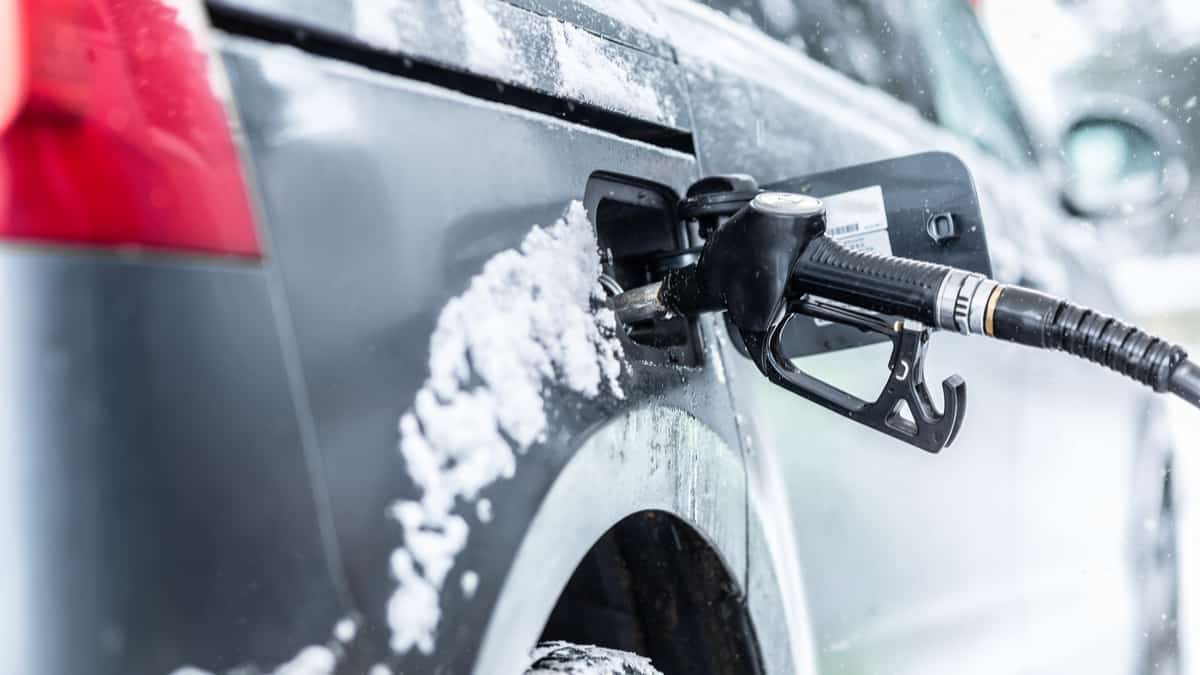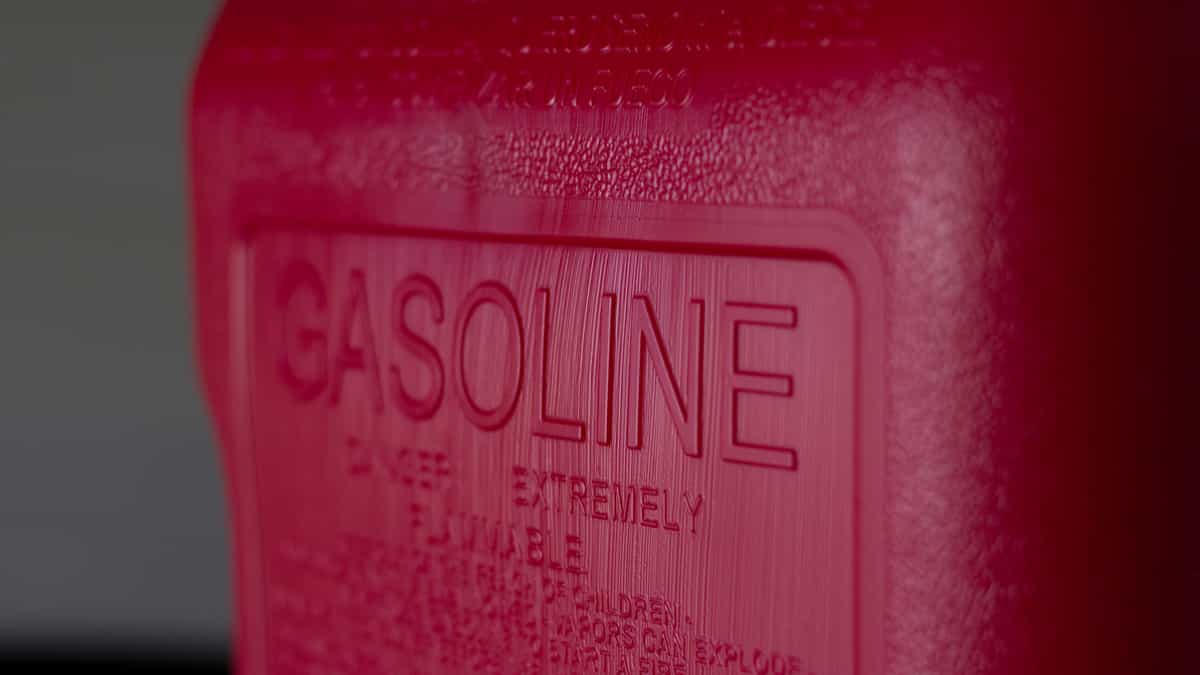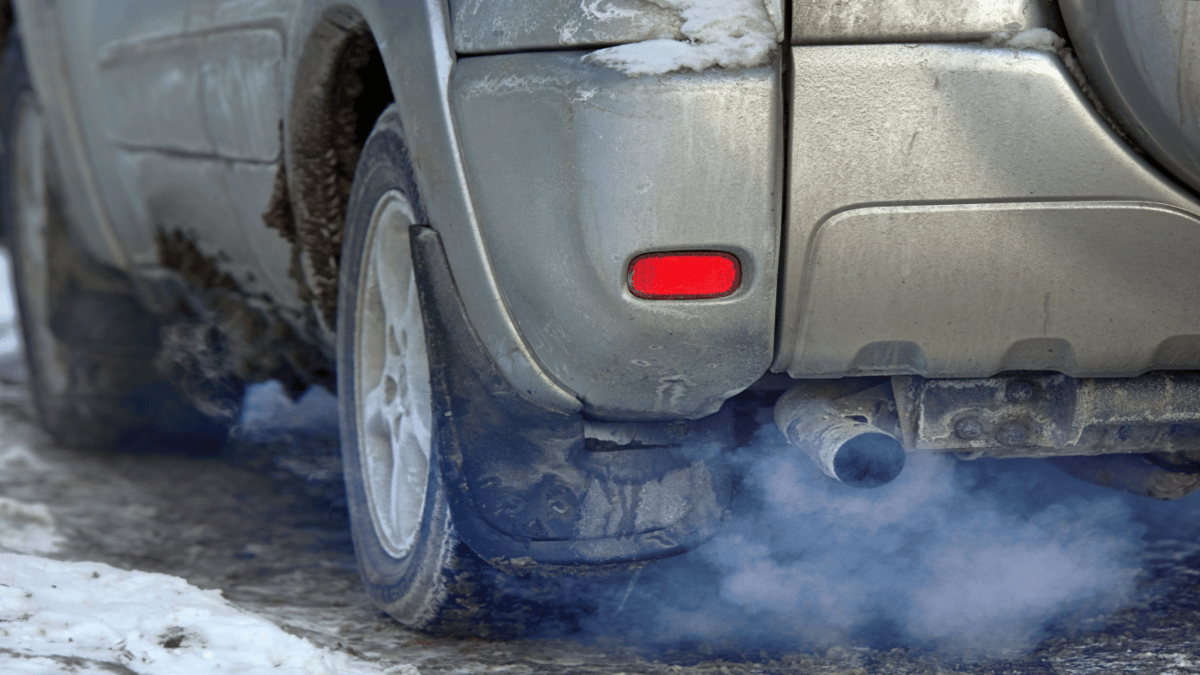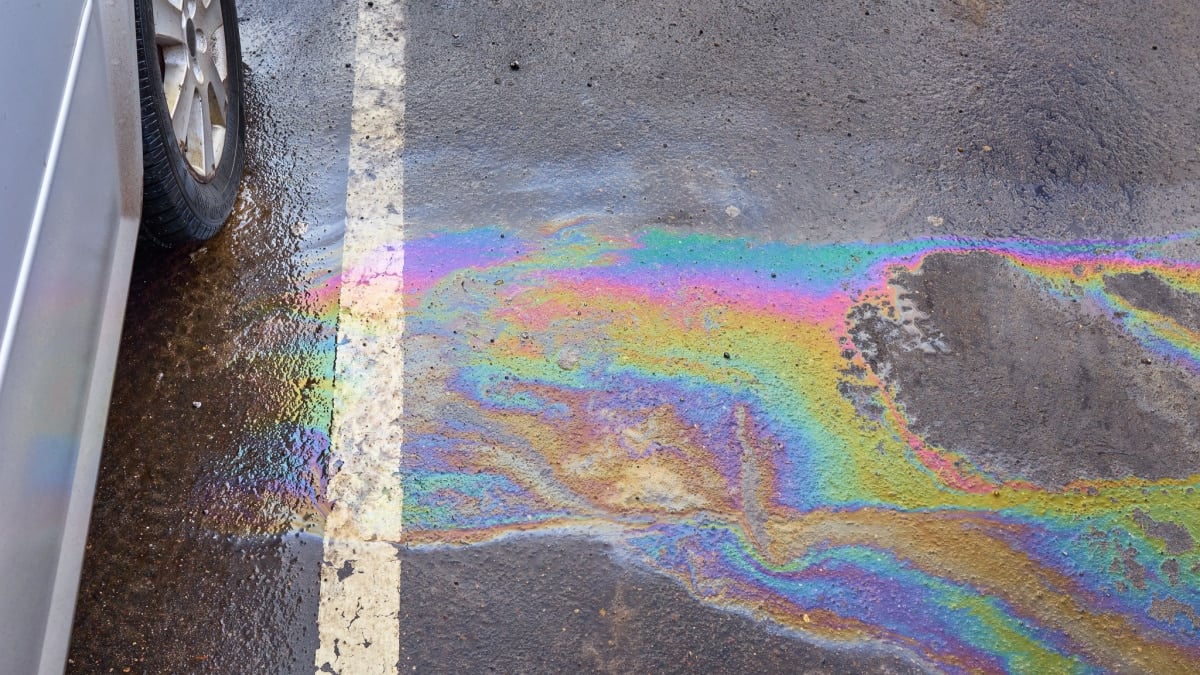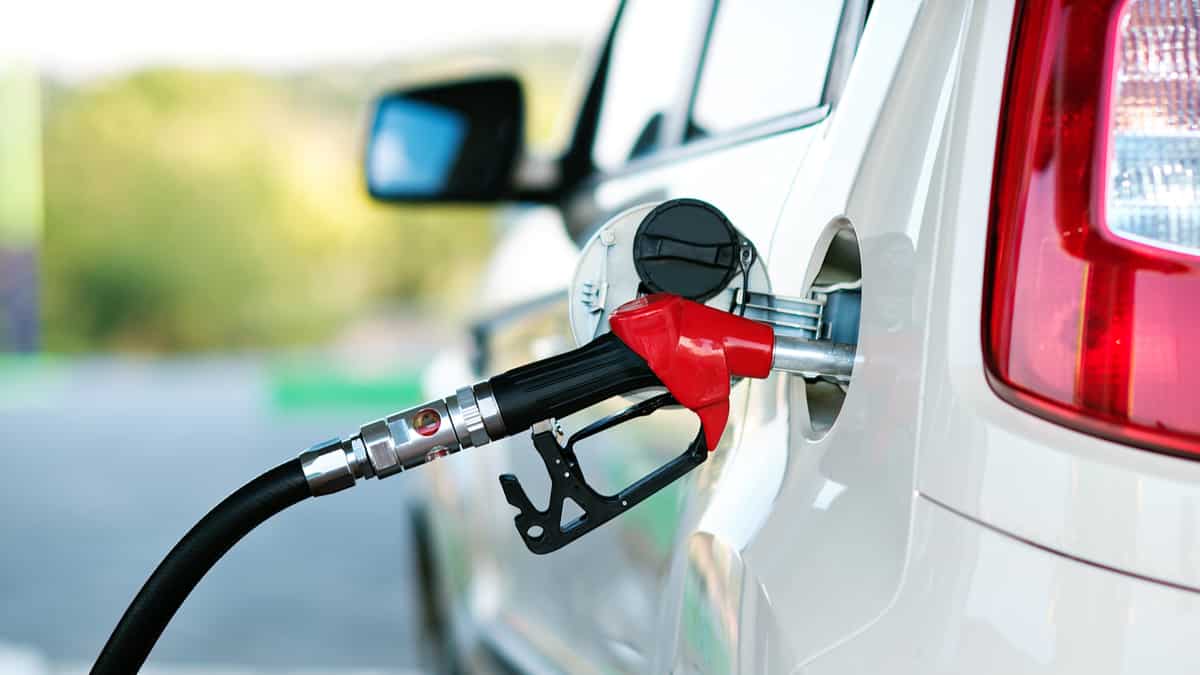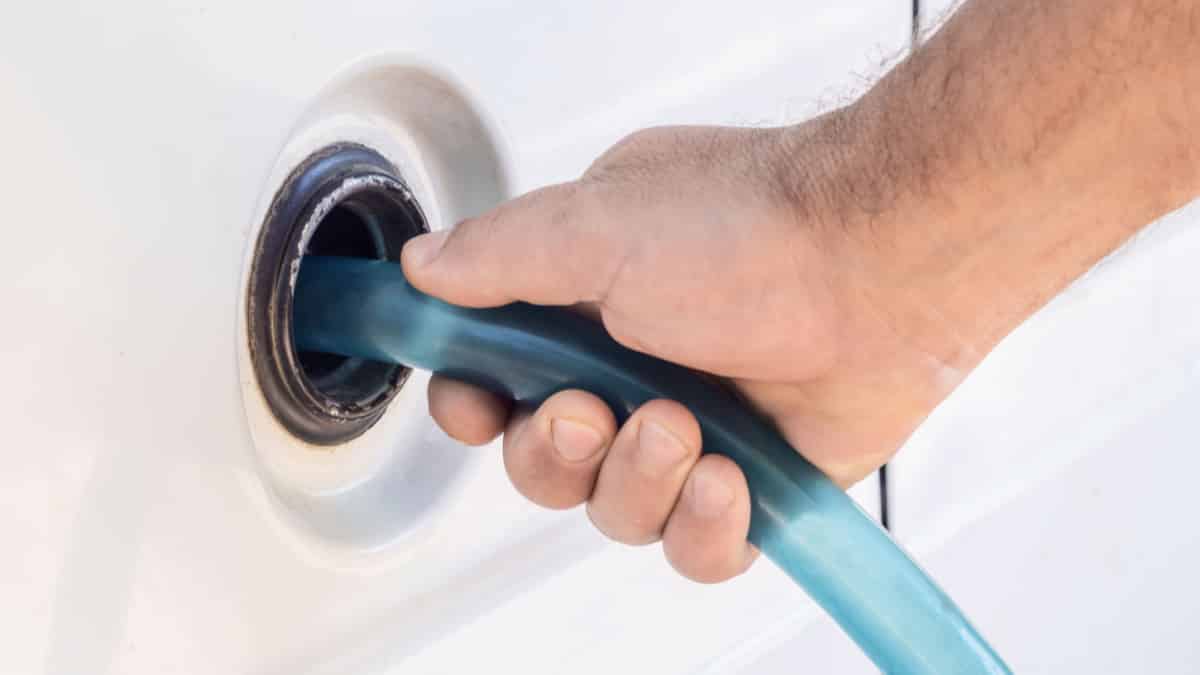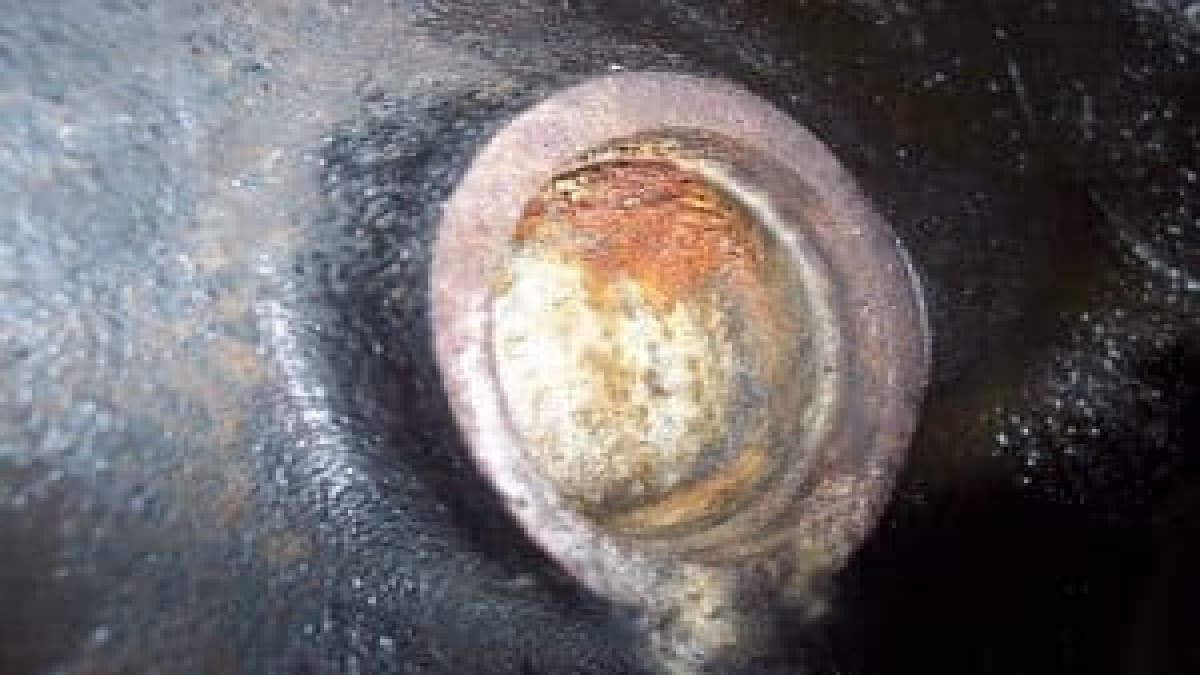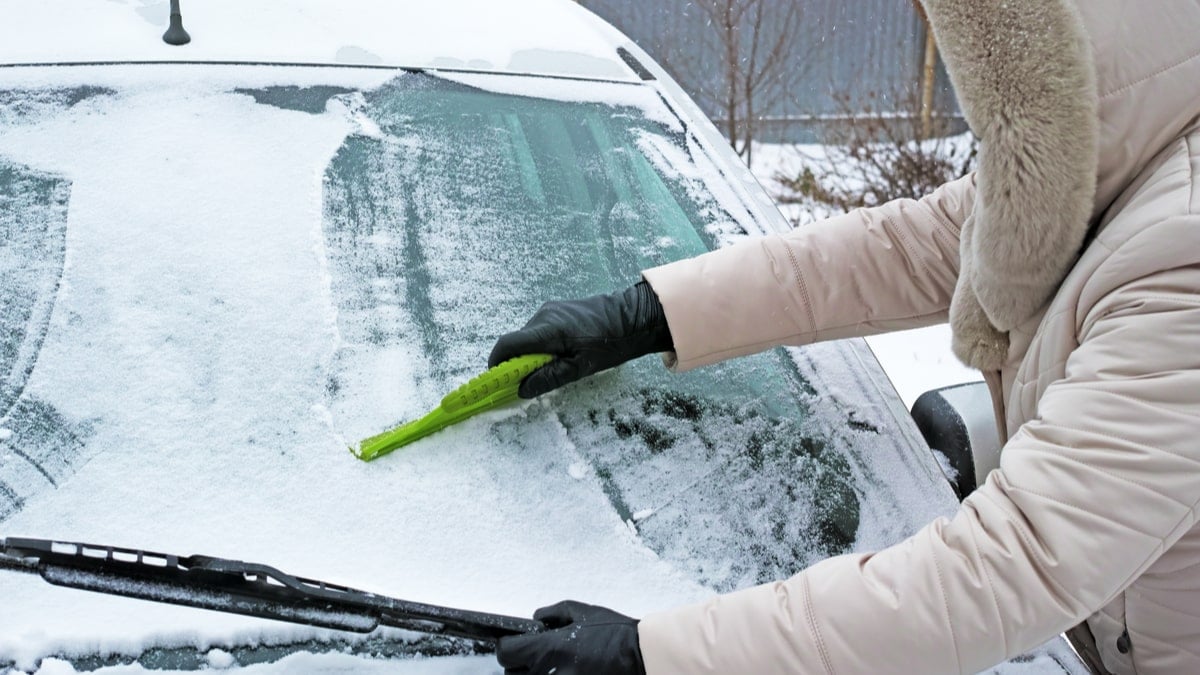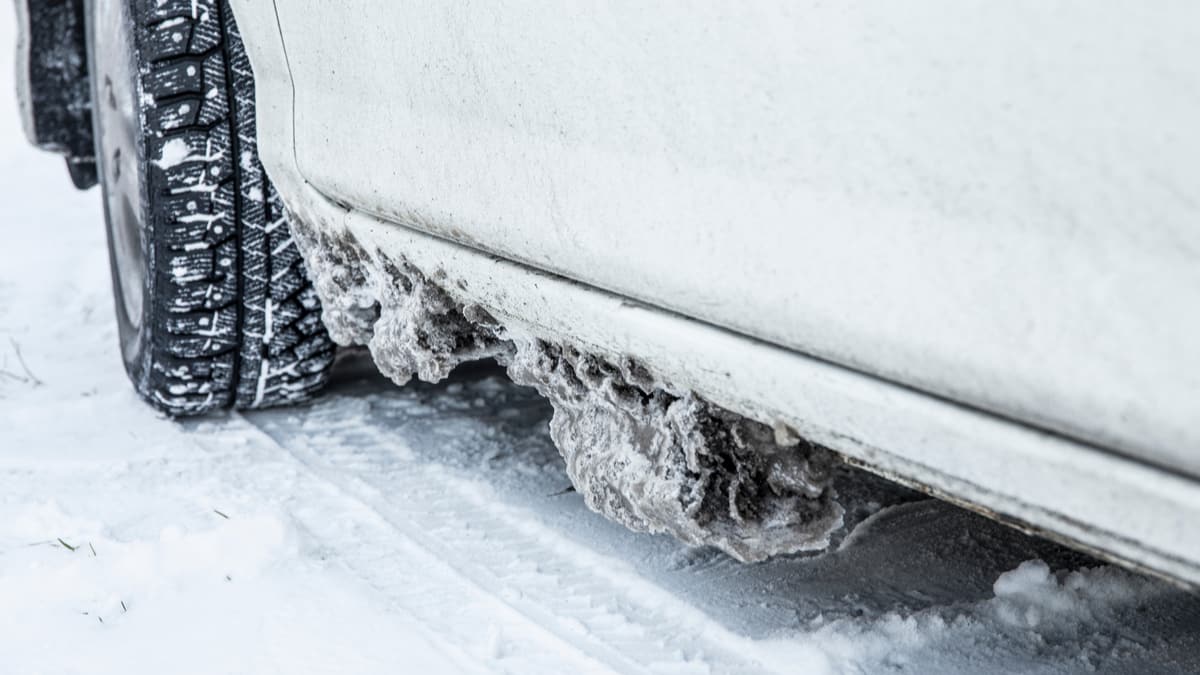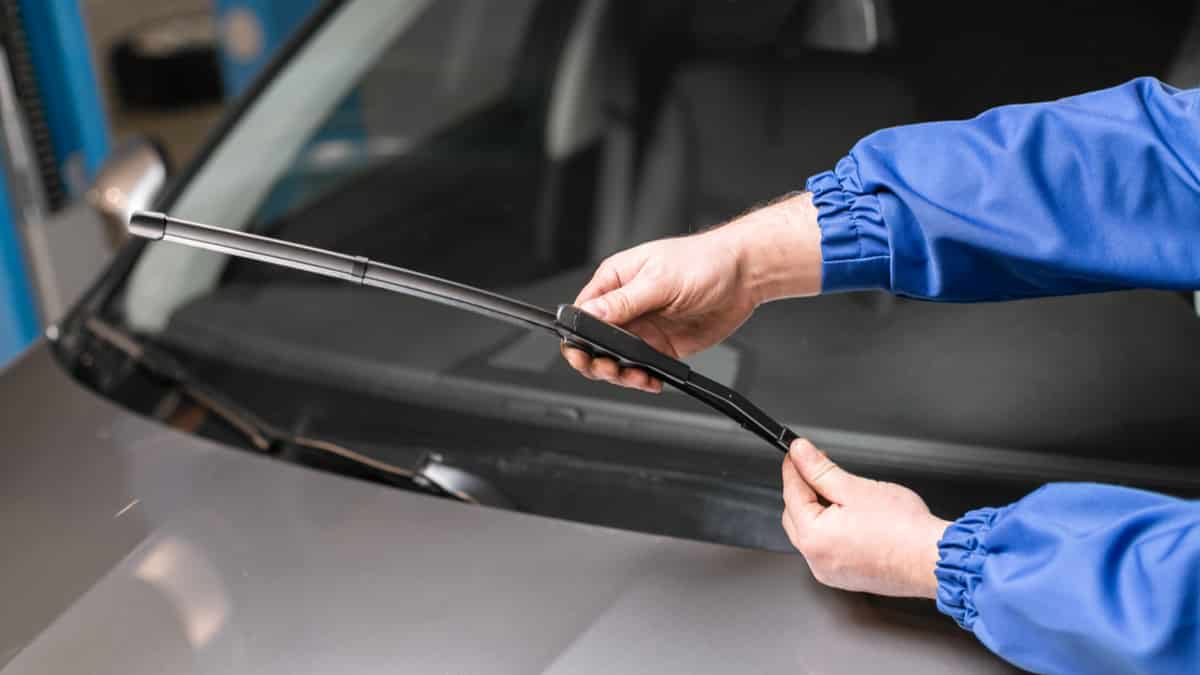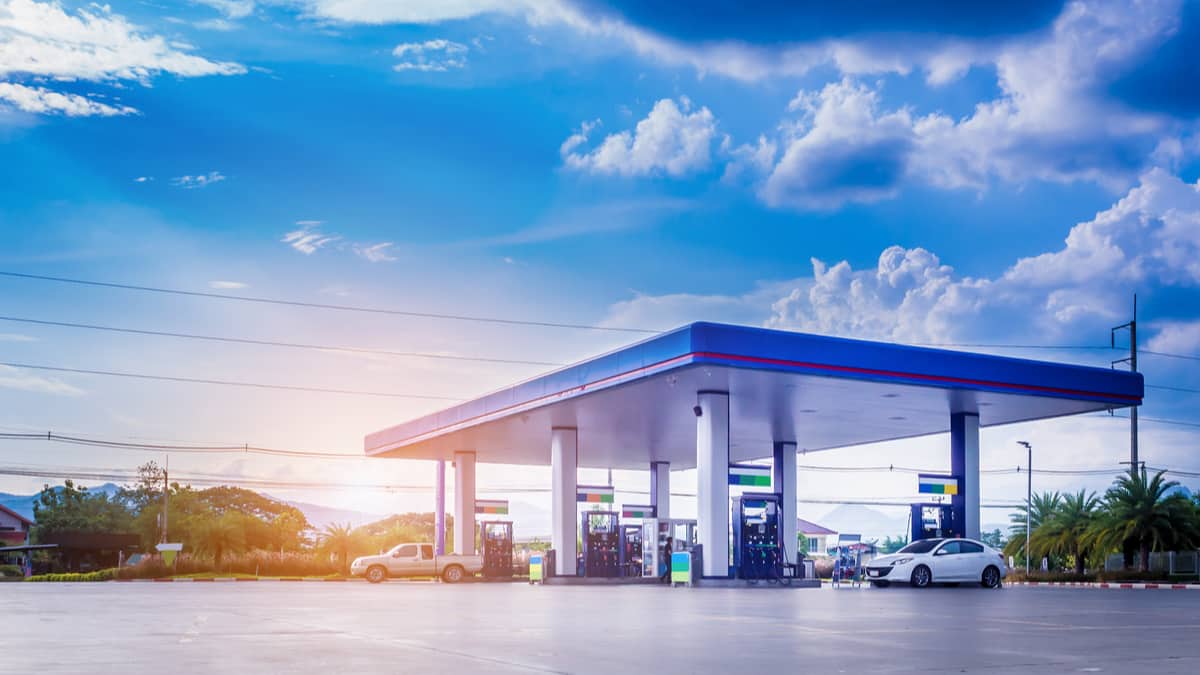You might have heard that gas can freeze in the vehicle, leading to massive problems, but is this true? Can gas freeze in your car? If so, what is the freezing point, and what will happen to the vehicle?
In this article, I discuss if gasoline can freeze in the vehicle. I also look at how cold weather can affect your car.
Can Gasoline Freeze in My Car?
Gas won’t completely freeze like water would. The closest it would get to freezing completely would only occur if it was in temperatures of -100 degrees Fahrenheit. However, it can crystallize at extreme temperatures, which can result in a clogged fuel filter.
Unless you are driving around in Antarctica, it’s unlikely that the gas itself will freeze in the gas tank. Before that would happen, other car parts would fail first due to the extreme cold temperatures.
On the other hand, if there is any water or condensation in the fuel system, this water could easily freeze. If this happens, the fuel lines or fuel filter could get blocked up, keeping the fuel from getting to the combustion chamber.
How Does Cold Weather Affect Gasoline?
You won’t need to worry about frozen gasoline in the tank. However, there are some other issues that could lead to failure. For example, as the gasoline becomes colder, it can get thicker. It’s the same principle found with hot versus cold pancake syrup or many other liquids, with the warmer option flowing better.
Thicker gas can make your fuel pump work harder. Overall, this condition will reduce the pump’s lifespan.
However, diesel fuel is more susceptible to problems than gasoline. The paraffin wax in the diesel fuel will start to stiffen at 32 Fahrenheit. That’s why anti-freezing agents and winter diesel blends are sold for diesel vehicles. Additionally, truck drivers will keep the engine idling when temperatures drop too low.
Where you could run into problems with the fuel – gasoline or diesel – is in the fuel lines. There’s less fluid running through the line and it is more exposed to the colder temperatures. In the lines, the gas or diesel fuel can separate. With the separation, you might notice some performance issues. The fuel gauge can also read inaccurately as the viscosity is altered.
The more important issue in the cold is what type of motor oil you are using. That’s why there are specific oils sold for colder climates.
Signs of Frozen Fuel Lines
1. Engine Won’t Start
If your car isn’t starting and the temperatures have dropped, there could be a frozen gas line. If the line hasn’t completely frozen, you might hear the engine turn over, but it won’t have enough fuel to start.
Once the temperatures get a little warmer, you should be able to start the car. You can also push it into a garage to help it warm up slightly.
2. Performance Issues
If there’s moisture in the tank, it can freeze and lead to severe performance issues. The same is true if one of the fuel lines becomes blocked.
If the engine is sputtering or stalling and the temperatures are low, consider the possibility of a frozen line. Additionally, ice crystals can form in the line without blocking off the complete flow, so the engine will still run – just not as well as it normally does.
How To Prevent Cold-Weather Car Problems
1. Use Special Fuel
If you drive in a cold climate, the fuel at the stations is likely prepared with other anti-freezing components and mixtures, different than those in warmer areas. Special winter gas is sold to ensure the right additives are included to prevent gelling. Higher octane rating will also increase it to a higher freezing point.
Not only does this keep customers happy with fewer car troubles, but the pumps remain in good working condition and the fuel companies will keep their reputation. After all, it would be difficult to get fuel if the pumps were clogged from gelled-up gasoline.
RELATED: Which Gas Stations Have The Best Quality Gas? (Top 5 Best)
2. Add a Fuel Stabilizer
If you are worried about the fuel coagulating, use a special additive. You can find several top brands at your local auto parts store or online. Many fuel stabilizers are good anti-freeze additives that remove the water and moisture in the fuel.
Read all of the directions before using it. Additionally, you want to use only what’s recommended for your fuel type. Gas and diesel stabilizers aren’t normally interchangeable.
3. Warm Up Vehicle
Before you drive away, it’s best to warm it up when the temperatures drop. Start your engine and allow it to idle for a few minutes before you head out.
This time allows for the engine and fuel to heat up to the appropriate temperature, thereby preventing performance issues. While it’s not necessary to do when the temperatures are mild, it can make a huge difference in winter.
4. Start Vehicle Often
During winter, you want to take your car out often for drives. The longer the fuel sits stagnant, the higher the chances are for problems.
Even if you drive down to the local store, you will help the gas circulate in the system. Additionally, taking a trip at least once a week helps to keep the battery charged.
You can also use a car heater, block heater, or parking heater when you are not using the car. Most block heaters only heat the engine oil, but it can also spread the heat to the fuel lines. Heaters that heat the cabin will dissipate some heat to the fuel tank, if the tank is located near the cabin.
5. Keep Tank Filled Up
During colder months, you should keep the fuel tank filled to at least one-quarter full. However, most people prefer to keep it half full, at a minimum. There are several benefits to following this practice.
First, the less fuel that’s in the system, the more likely it is to freeze. Second, it prevents you from running out of the fuel if the gas gauge breaks. On top of that, allowing the fuel to get low leaves the vital fuel system parts susceptible to damage. Furthermore, if you end up in an emergency situation because of bad weather, you will have the fuel needed to keep the cabin warm and comfortable.
How to Store Gasoline
If you have fuel on hand when the temperature drops, you need to know how to store it. Is the gasoline safe in a can or do you need to put it in the vehicle? Most gas canisters only hold a few gallons at a time, so you could run into problems faster than you would with the vehicle.
The best way to keep the gas canister is in your garage or shed, where it’s slightly warmer than outside. You shouldn’t store the gasoline indoors because it can ignite and start a dangerous fire.
Instead, keep it in an appropriate canister with the right fuel stabilizer added. With the right product, you can keep the gas from separating and gelling. Additives also ensure that the fuel remains fresh, which can be a problem when storing it for a long time.
RELATED: How Long Does Gasoline Last? (Tank & Container)
While stabilizers are a cheap solution, you have to make sure you choose the right kind. First, only use the appropriate stabilizer for your fuel system type, whether it is gas or diesel. Additionally, you want to purchase the stabilizer from a reputable location, either your local auto parts store or online. Read through the customer reviews to determine which option is best for you. Remember, the more expensive option isn’t always the best. You can choose budget-friendly stabilizers that do a great job as well.
With a little care during winter, you can keep the gasoline in your storage and in your car in optimal condition.
Categories: General, Maintenance
